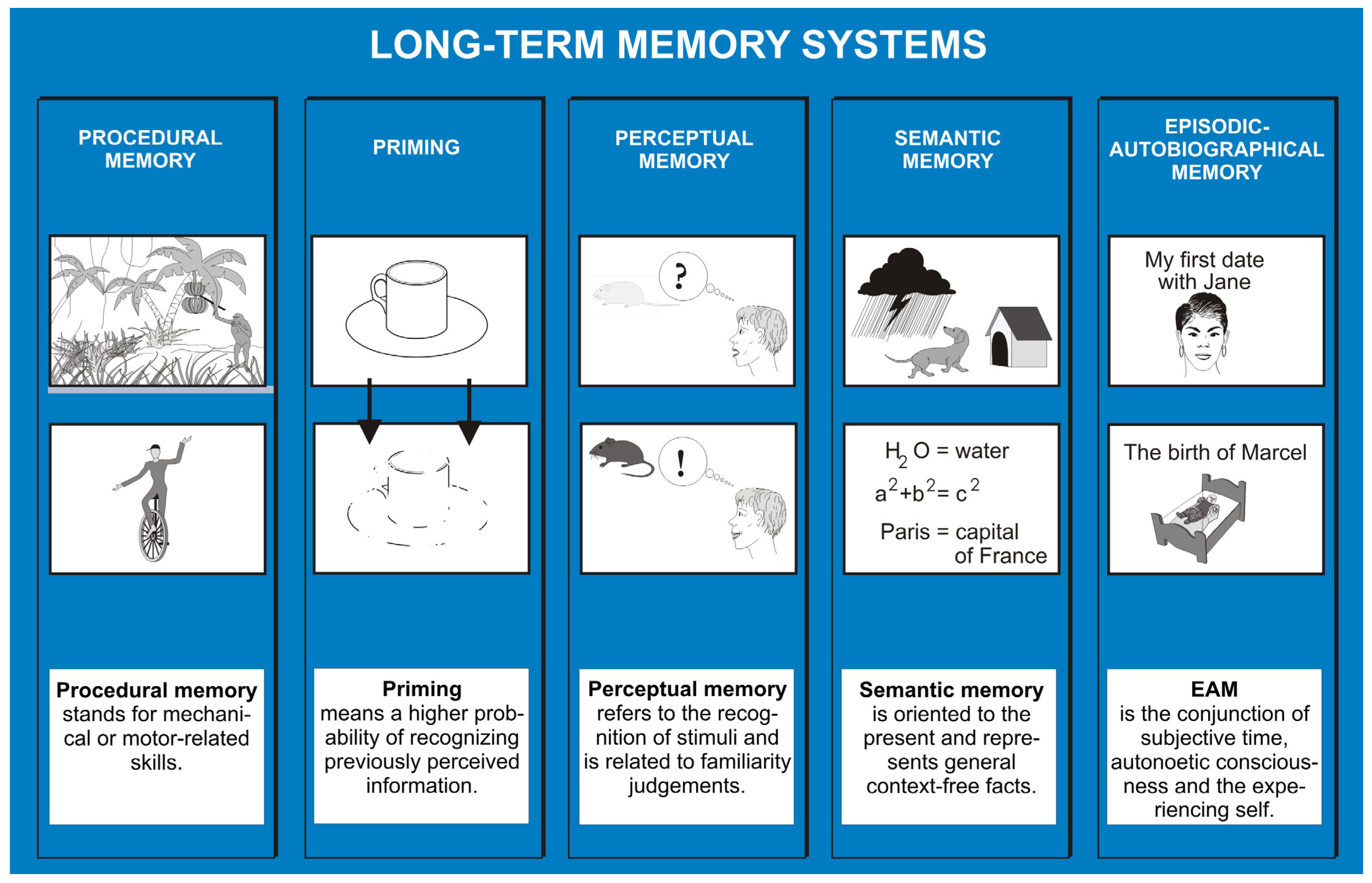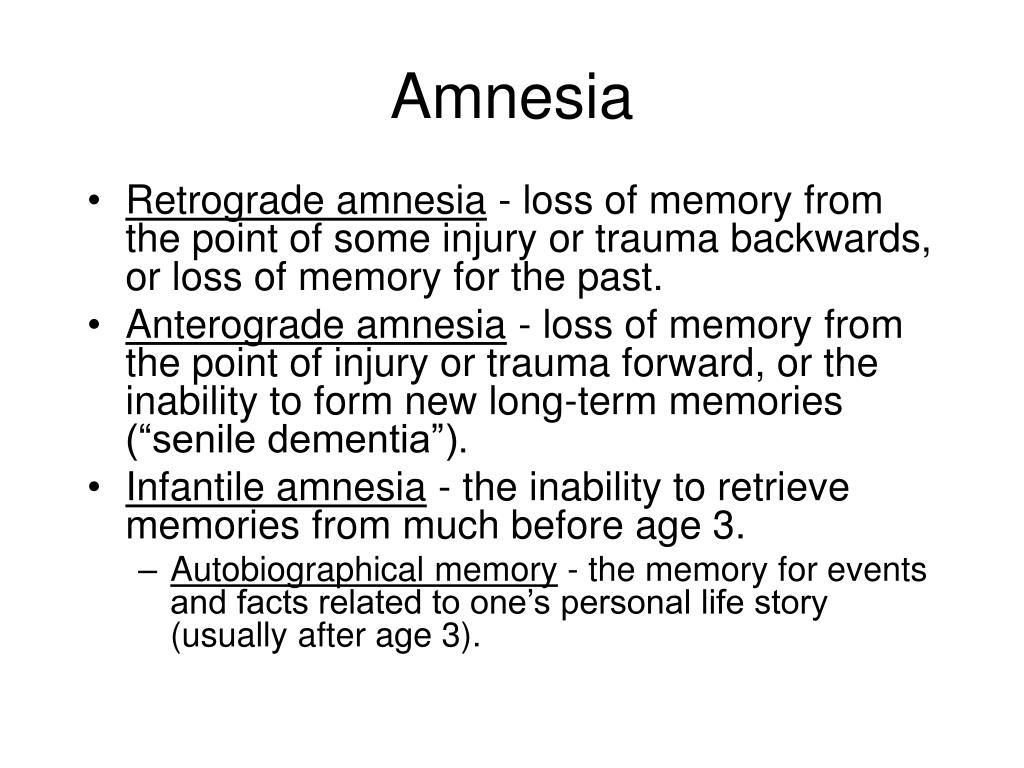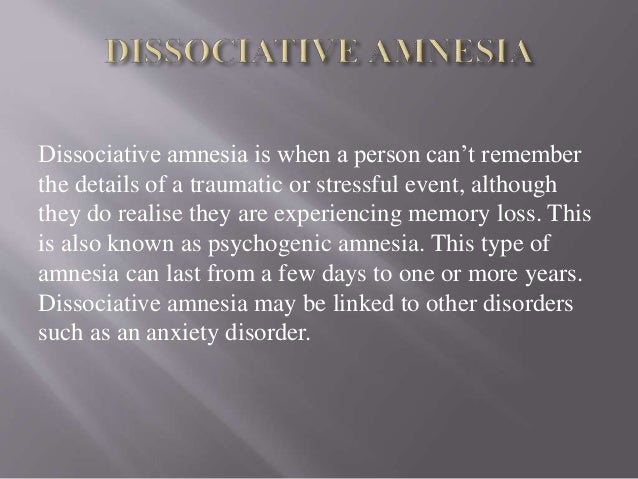

Types of amnesia involving trauma skin#
a different perception of their appearance, for e.g., different hair or skin color, body shape.different attitudes, and preferences, e.g, in food, or dress.different roles or functions, either related to daily life or to trauma.

a different gender to the physical body.different ages, for instance much younger or older.Inner characters in MD do not follow the same subjective logic or creation/fusion rules as alters caused by DID, for example alters can only fuse together as a result of extended healing, alters do not form in response to minor stressors but only as a survival strategy. The information here on types of alters is relevant only to alters the differences between the inner characters found in maladaptive daydreaming and alters found in DID/OSDD1 can be found on the Maladaptive Daydreaming Scale page. ADHD is extremely common in people with MD, and ADHD's memory problems that can be mistaken for amnesia. Maladaptive daydreaming is a behavioral addiction which was first recognized as a probable mental disorder in 2002, by DID specialist Eli Somer. MD is far less recognized than DID and OSDD, this has led to some maladaptive daydreamers to confuse their inner characters with alters, and because alters are unique to DID and OSDD1b, this has caused some people to incorrectly self-diagnose DID or OSDD-1b instead of MD. Groups of inner characters based on fictional sources and/or based on real people/idealized versions of real people are particuarly common in MD. Some people who daydream for hours at a time create inner characters within their mind, this type of dissociation is known as Maladaptive Daydreaming (MD) when it becomes problematic, or immersive daydreaming when it is not problematic. :121 Alter identities are sometimes incorrectly referred to as ego states, or even alter egos, but these states exist in people without alters and do not involve amnesia, dissociative symptoms, or clinical distress., :129 Daydreaming

People with alters may refer to their alters as "parts inside, aspects, facets, ways of being, voices, multiples, selves, ages of me, people, persons, individuals, spirits, demons, others," etc. Alters typically develop from dissociation caused by prolonged early childhood trauma, although attachment problems and persistent neglect in very early childhood are also known factors.:189-191 Once a person has DID, new alters can be created at any age, but are less commonly created in adults. All the alters together make up the person's whole personality. A person with DID experiences himself or herself as having separate identities, known as alters, or alternate identities, and previously known as personalities.:292, Alters take over control of the person's body or behavior at various times.


 0 kommentar(er)
0 kommentar(er)
